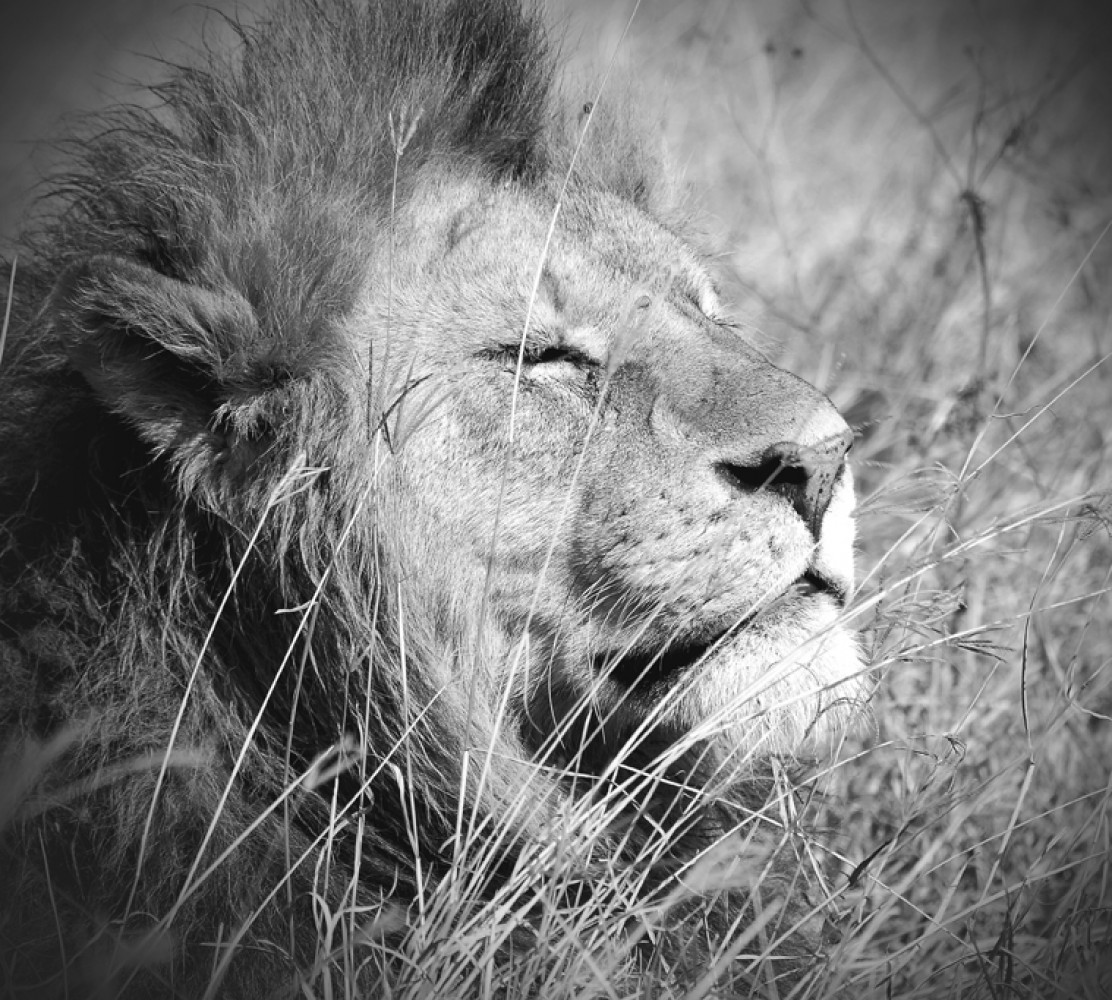A million wildebeest… each one driven by the same ancient rhythm, fulfilling its instinctive role in the inescapable cycle of life: a frenzied three-week bout of territorial conquests and mating; survival of the fittest as 40km (25 mile) long columns plunge through crocodile-infested waters on the annual exodus north; replenishing the species in a brief population explosion that produces more than 8,000 calves daily before the 1,000 km (600 mile) pilgrimage begins again.
Movements of Wildebeest Safari in Serengeti
The herds arrives in southern part of Serengeti, Ndutu Region just after short rains begins in Late November to December. These beast stays here through January, February and March, grazing fresh grass. In this period Wildebeest calves are born and ready to take part of the ride to north.
In May, slowly they move toward south of Seronera and Moru Kopjes area along with many animals like Zebras and Gazelles, some of the herds scattered in Seronera area (Central Serengeti) toward the west in June and July, Crossing of Grumeti River is most likely happening during this period, moving to north through Grumeti reserve and Ikorongo Reserve.
Crossing Mara River in September, is an interesting part of the move to Maasai Mara, getting panic and confused, the Wildebeest, spend sometimes in Maasai Mara, depend on rains or suddenly they can change directions, back to Tanzania in October, the Wildebeest by crossing Mara River to east of Serengeti by early of Novermber.
Wildebeest Migration Map

